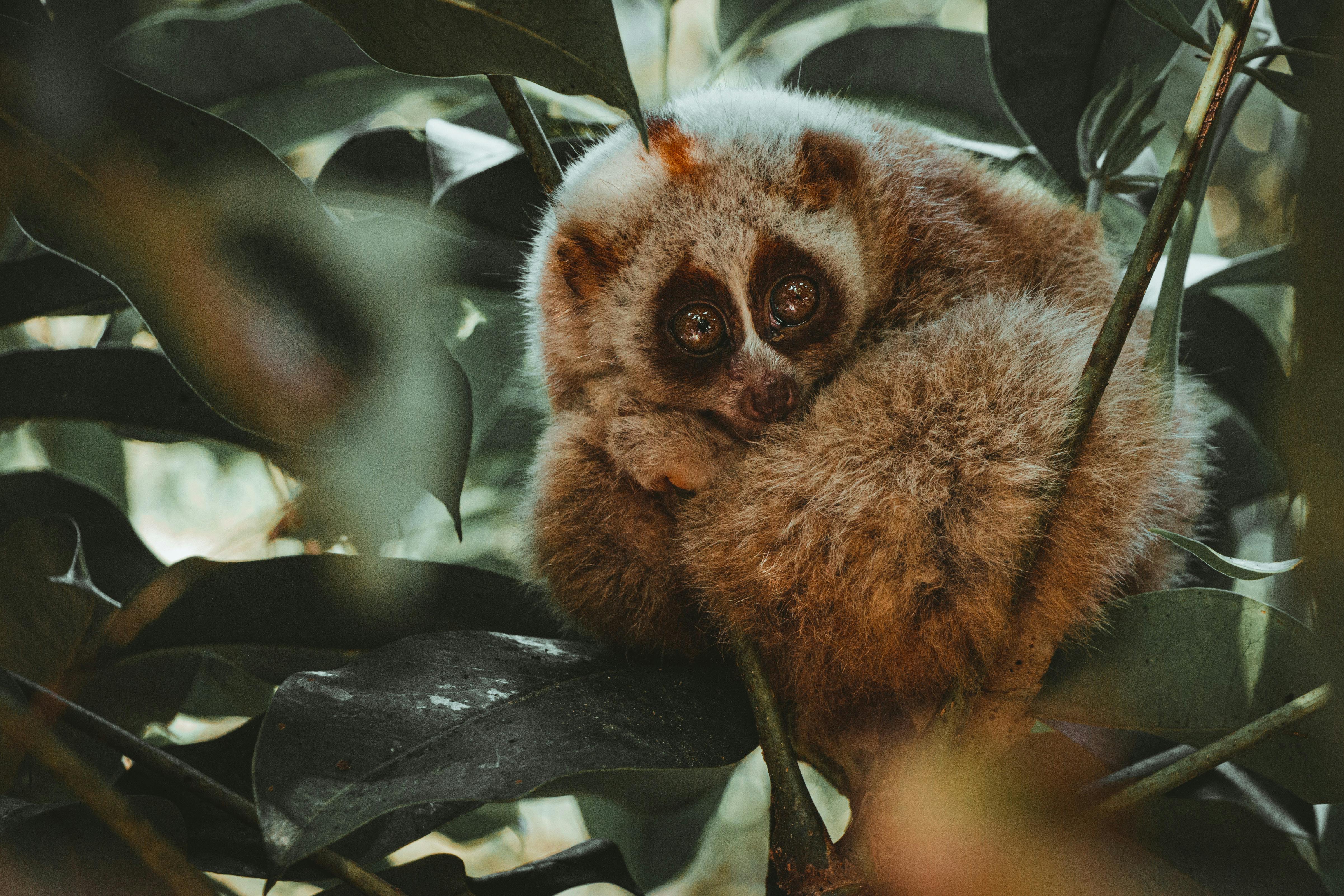Discovering the Hidden World of the Slow Loris: Threats and Conservation Efforts
Hidden in the dense jungles of Southeast Asia is a small, nocturnal creature that has captivated the hearts of many yet remains a mystery to most - the Slow Loris. This primate's peculiar characteristics, such as its slow movement and venomous bite, have made it a fascinating subject of study, while its vulnerability to extinction has stirred the global wildlife conservation community.

Unraveling the Slow Loris’ Mystique
The Slow Loris belongs to the genus Nycticebus, which consists of several species spread across Southeast Asia. Known for their slow, deliberate movement, these primates have a unique trait not seen in many mammals - they are venomous. They produce a toxin, which when mixed with their saliva, can cause a painful bite. Historically, local communities have held various beliefs about Slow Lorises, often associating them with magic or supernatural powers.
The Plight of the Slow Loris
Unfortunately, the Slow Loris’ unique traits have made it a target for the illegal pet trade. Their cute appearance and slow movement make them desirable as pets, leading to their capture and sale in markets. This illegal trade, combined with habitat loss due to deforestation, has led to a significant decline in their population. Today, all species of Slow Lorises are listed as vulnerable, endangered, or critically endangered on the International Union for Conservation of Nature’s Red List.
Current Conservation Efforts
To combat the decline in Slow Loris populations, various conservation efforts are underway. These include the establishment of protected areas, the enforcement of laws against illegal wildlife trade, and education programs to raise awareness about the Slow Loris’ plight. Recently, a new approach has also emerged - the rehabilitation and release of rescued Slow Lorises. This process involves medical treatment, behavioral assessment, and careful monitoring post-release to ensure their survival in the wild.
The Slow Loris in Today’s World
While the Slow Loris continues to face threats, the increased attention on its conservation is a positive step. The global wildlife community’s commitment to understanding and protecting these unique primates gives hope for their future. As we continue to explore the complex world of animals, the Slow Loris serves as a powerful reminder of the diversity of life on our planet and the importance of conservation in preserving it.
In terms of market impact, while it’s challenging to quantify the economic effect of Slow Loris conservation, it’s clear that the cost of inaction—both ecological and potentially financial—is significant. The loss of the Slow Loris could disrupt ecosystems and impact local communities that rely on these ecosystems for their livelihoods.
In conclusion, the Slow Loris is more than just a cute face; it’s a vital part of our world. And it’s up to us to ensure that it remains so.




